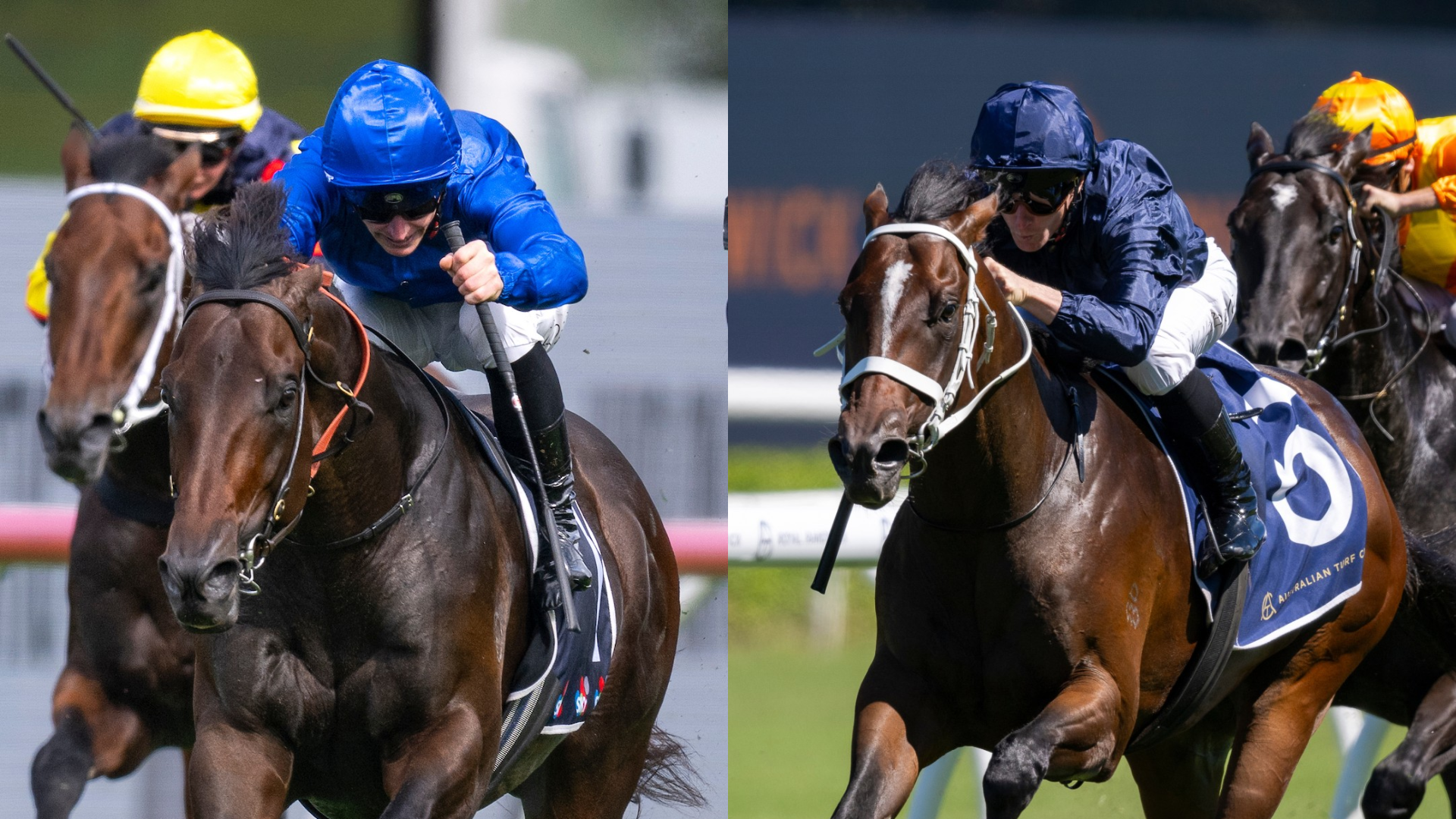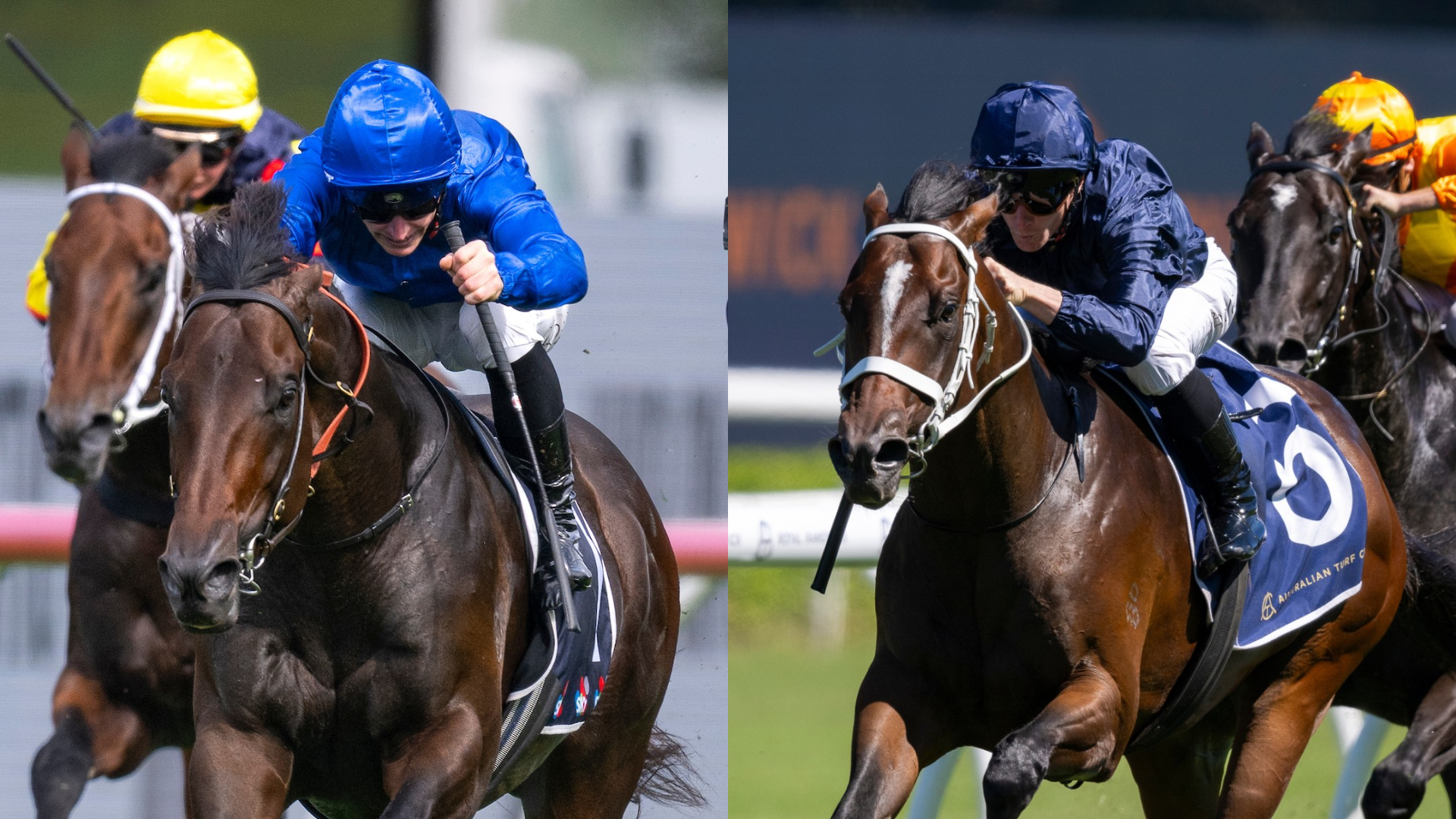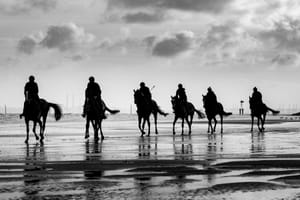
With the breeding season only weeks away and more than 20 stallions set to make their debuts at stud in Australia, this week’s Run The Numbers looks at what size book is best in a first season.

It is just over two weeks until the start of the 2025 breeding season and nominations teams around Australia and New Zealand are no doubt working their full list of clients, trying to fill up books for their stallions.
Anecdotally, it has been another tough year of trying to convince potential breeders to send their broodmares one way or another. Similar to 2024, the cost of breeding and broader economic headwinds are combining as a disincentive, especially for smaller-scale breeders.
For those selling noms to new stallions, the pressure is particularly acute. The size of a stallion’s first book, where they usually have the greatest marketing budget and the largest appeal, is a crucial factor in determining their long-term success.
Yes, quality matters too, but in an era where the average stallion book has risen 35 per cent in a decade while the number of active stallions has almost halved, the battle for numbers has increased significantly. So, what is the right-sized book for a first-season stallion in 2025?
There are 22 stallions listed on Arion as making their stud debuts in Australia this year, a slight dip from the average of 23.25 freshmen per season over the previous four years.
Of those 22, 13 were Group 1 winners on the track, 16 were Australian bred, three in the USA, two in Great Britain and one in Ireland.
Their average service fee (inc GST) is just under $25,000, while they are by 13 different sires themselves, and stand at 14 separate studs in four different states.
Broadsiding heads the pack when it comes to fees at $66,000, while Switzerland debuts at $60,500.

In some ways, these new additions will face less competition than ever, with only 394 active stallions in Australia last season, according to the Studbook, the lowest number on record, which dates back to 1971.
But they also face a battle, given that the number of broodmares is also on the decline, with last season's numbers the lowest in 54 years. As mentioned, average stallion books are on the rise as the market becomes much more focused on the commercial end.
The average book size of a first-season stallion in Australia since 2021 is 114.7, with those stallions undertaking 76,267 covers in that four-year period, or 14 per cent of the total across Australia.
In terms of yearly averages, things have declined somewhat from the post-pandemic boom era of 2021, where there were 28 new stallions averaging 127.4. In that season, there were 3566 first-season covers, or 17.6 per cent of the total.
Those figures dropped in 2022, when 24 freshmen had an average book of 109, making up 13.5 per cent of mare covers.
The average ticked back up again in 2023 to 113.4, but with just 18 new stallions listed, first-season sires represented just 11.3 per cent of overall covers.
Last year, the average-sized book of a first-season stallion fell further to 106, albeit the number of new faces did increase to 23, with their total covers jumping back to 2437.
First-season sire covers since 2021
Each new crop of stallions brings seasonal variation. While a pandemic-driven bloodstock boom undoubtedly played its part, the exceptionally high figures in 2021 can also be attributed to a generational shift in stallion selection.
The previous racing season had seen a host of first-crop stallions excel, with three of the five two-year-old Group 1 races won by their progeny. There was suddenly major faith in the new blood and this incentivised breeders to cast their eyes forward.
Those stallions who first went to stud in 2021 were the beneficiaries. Nine of them had books of over 150, and two of them, King’s Legacy and North Pacific, had books of over 200. In comparison in 2024, just four stallions had books of over 150, and one more than 200.
We have also looked at what the first book size was for two set of now proven stallions, those who finished in the Top 20 of the Australian sires table last season, and Australian champion stallions this century.
Across the Top 20 stallions, the average size of their first book of mares was 158.2. Street Boss, who had 72 mares back in his first Australian season in 2009, had the lowest, while Capitalist, who had an opening book of 229 in 2017, was the highest.
With the exception of Street Boss, all of them were above the average for book size in their opening season.
In terms of champion stallions, of which there have been 12 this century, their average is considerably lower at 129.4, a reflection of most of them coming from a previous era. With the exception of current champion Zoustar, all of those sires began their stallion careers between 1990 and 2010.
Fastnet Rock had the biggest first book of the 21st century champions with 208, while Zoustar had 184.
But recent champions I Am Invincible (133), Written Tycoon (118) and Snitzel (131) had considerably smaller first books.
Street Cry defied a modest first Australian book of 72 to rise to champion status, while Danehill also only had 72 mares when he kicked off his Australian spell in 1990.
First season sire covers across different stallion profiles/crops







